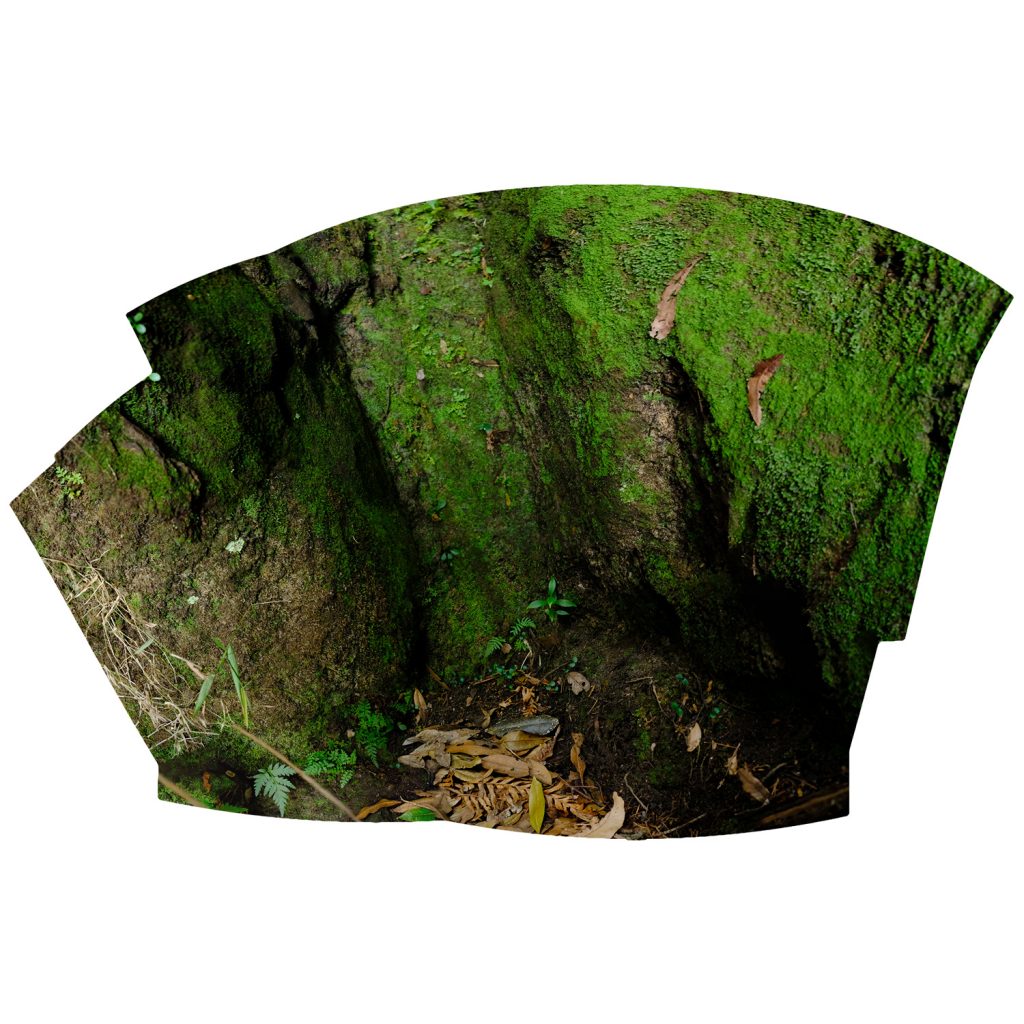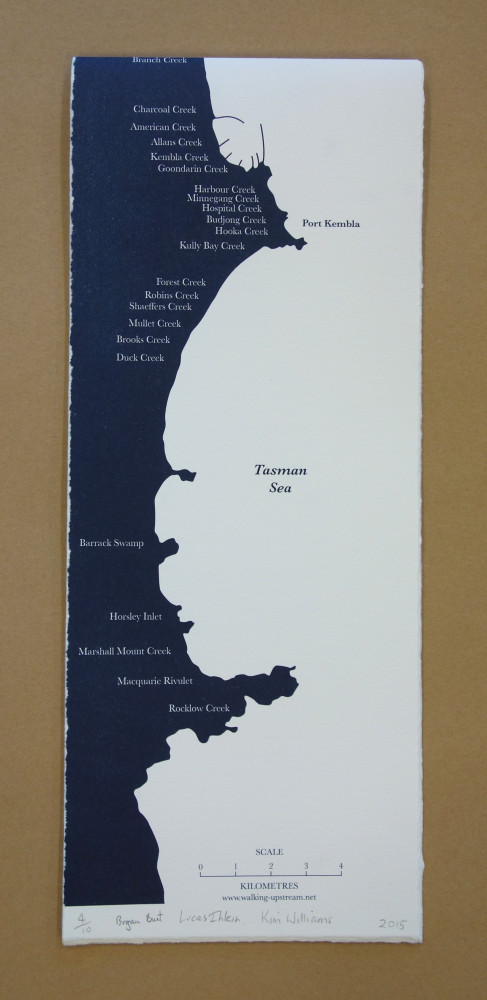Collaborative project: Brogan Bunt, Lucas Ihlein, Kim Williams
2014 – 2018
20 minute documentary on the project: Creek Walking Dialogue: Art and Environmental Activism (2016)
Walking Upstream – Waterways of the Illawarra (WOTI) is concerned with the artistic negotiation of a particular local context of environmental transformation – the creek systems of the Illawarra region, New South Wales. The creeks flow from the escarpment to the sea through a mosaic of industrial, suburban and semi-rural development. How can we engage with them? Our approach is to walk the creeks – to start at the beach and to follow the creeks upstream. We continue for as long as geography, topography, and social boundaries allow. We walk in small groups with invited guests, taking photographs and writing about the walks. The walks are structured as conversations in which we collectively engage with neglected everyday indices of environmental change.
Wollongong Gallery Show (October 2017 – February 2018)
Sequence of stitched photographs from the show that represent samples from along Fairy Creek.
Some pages from a broadsheet we produced as part of Performing Mobilities ‘Traces’ exhibition (Melbourne, VCA, 2015)

Walking Upstream: Waterways of the Illawarra, Performing Mobilities ‘Traces’ exhibition, VCA, Melbourne VIC 2015
2015 exhibition text:
What are the impediments to a more general creek walking if not the disappearance of creeks themselves – repressed beneath industrial lots, suburban backyards, roads and railway lines? However this is not a sufficient explanation. Creeks are not simply repressed (scarcely possible given that water must somehow flow from the escarpment to the sea), they are directed and transformed into other states – drains, concrete flow ways, etc. They are at once hidden away and obtain an enhanced, linear directional focus, which renders the process of walking them often complex and difficult.
There is nothing hard about walking a creek. One starts at the sea and heads inland, following whatever path the creek suggests. There is always some kind of path – perhaps one that children or adults with their dogs follow. If the creek should veer into private property or descend through pipes underground, one only has to take a slight detour to rediscover it again. Soon enough the creek passes into the forest and ascends across boulders until it disappears properly beneath the escarpment cliffs. It is hard to precisely pinpoint the place of disappearance. There is simply the dawning uncertainty of where to walk next.










